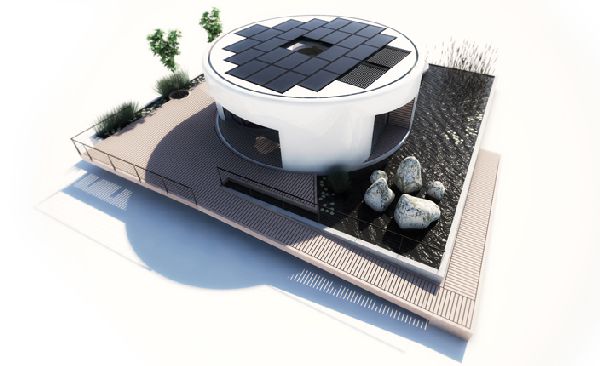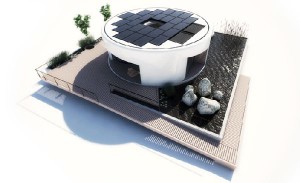Italians have begun voting in the world’s first nuclear power referendum since Japan’s Fukushima disaster, a vital ballot that represents a trial of strength between Italy‘s increasingly beleaguered prime minister, Silvio Berlusconi and his critics.
A majority yes vote could block his dream of generating a quarter of Italy’s electricity needs with nuclear power. But the outcome of the ballot will only be valid if there is a turnout of at least 50% and Berlusconi’s rightwing government has been doing all it can to limit participation.
 Berlusconi, directly or indirectly, controls six of Italy’s seven main television channels and news bulletins had scarcely mentioned the vote, despite nuclear power being an issue that stirs passionate feelings, until a few days ago when the country’s media watchdog stepped in among Italians.
Berlusconi, directly or indirectly, controls six of Italy’s seven main television channels and news bulletins had scarcely mentioned the vote, despite nuclear power being an issue that stirs passionate feelings, until a few days ago when the country’s media watchdog stepped in among Italians.
The prime minister has said he does not intend to vote and his government tried to scotch the ballot in a failed court appeal.
A turnout of more than 50% would be a second humiliating blow to the prime minister following defeat in last month’s local elections in his home city of Milan.
After the courts threw out the government’s appeal against the nuclear referendum, opposition groups mounted an energetic campaign to increase turnout.
Pierluigi Bersani, the leader of Italy’s biggest opposition group the centre-left Democratic party, said they were “a step away” from reaching their goal.
Italy has not operated a nuclear plant since 1990. Three years earlier, a similar referendum was held in the wake of the Chernobyl disaster of 1986. Voters opted for the non-nuclear option in each of three ballots and Italy began phasing out its nuclear capacity, including an almost completed plant at Montalto di Castro, north of Rome.
But referendum decisions in Italy last only five years. Since 1992, Italian governments have, in theory, been free to embark on a new nuclear energy programme.
Italy is the only member of the G8 that does not produce nuclear power and supporters of nuclear energy argue that it is the key reason for the country’s exceptionally high electricity bills. The high cost of electricity to both private consumers and business is also cited as a prime cause of Italy’s low economic growth in recent years.
Source


 Follow
Follow

 Berlusconi, directly or indirectly, controls six of Italy’s seven main television channels and news bulletins had scarcely mentioned the vote, despite nuclear power being an issue that stirs passionate feelings, until a few days ago when the country’s media watchdog stepped in among Italians.
Berlusconi, directly or indirectly, controls six of Italy’s seven main television channels and news bulletins had scarcely mentioned the vote, despite nuclear power being an issue that stirs passionate feelings, until a few days ago when the country’s media watchdog stepped in among Italians.